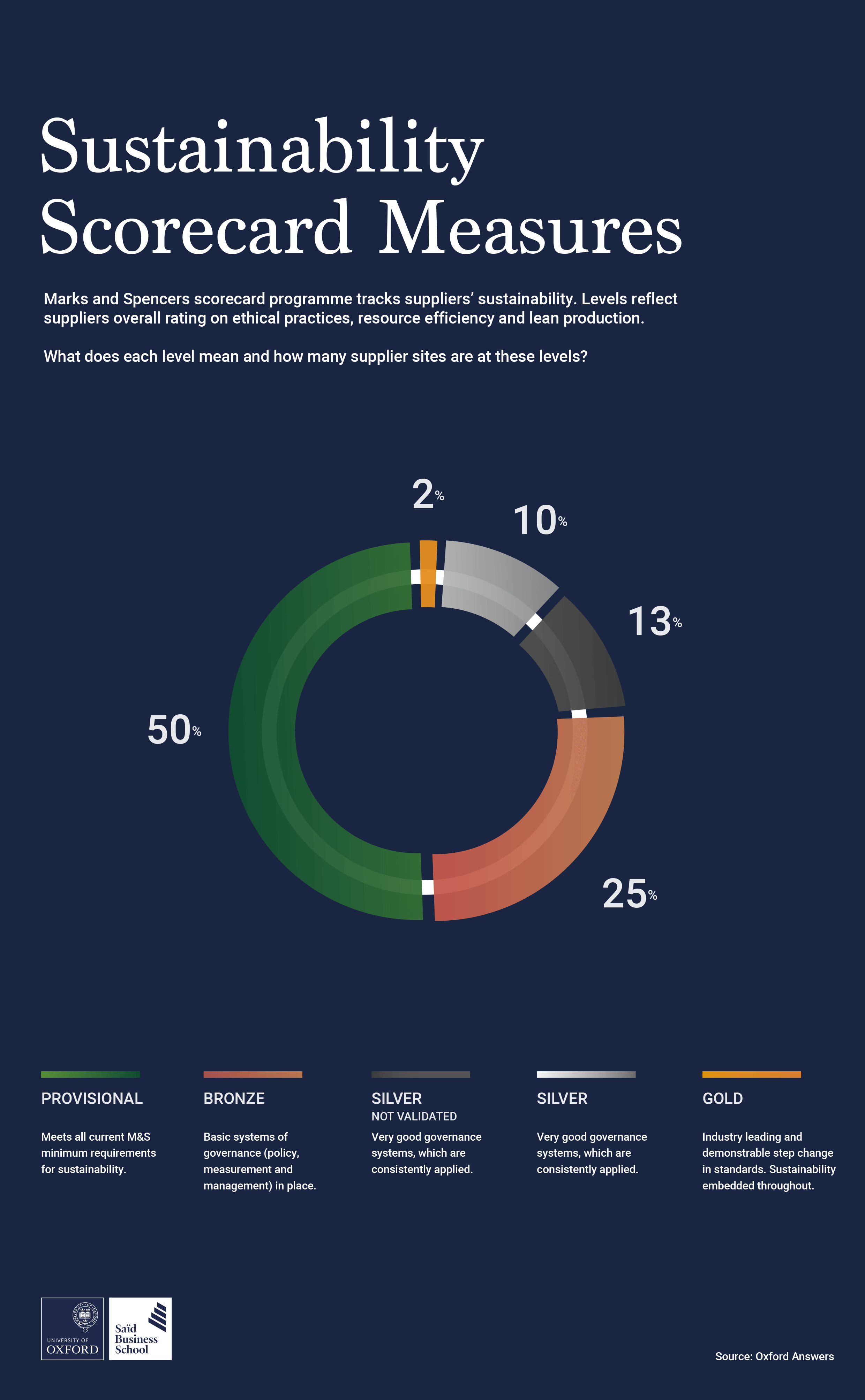Shaping a major business into a durably sustainable organisation is a heady challenge, but the experience of one enlightened retailer suggests that mutuality might be the key to not just reaching the target, but staying there.
- M&S set an ambition to become the world’s most sustainable retailer
- The strategy employed included a collaborative approach with its extensive supply chain
- Feedback loops and knowledge sharing replaced tick box auditing
- M&S saved over £600m in ten years
- Significant gains also realised by the M&S supplier network validating the benefit of the co-operative approach
Sustainability – do or die
In the boardroom, the subject of sustainability has moved from a fringe concern to something that today dominates the agenda as never before. Customers – whether enterprise trade customers – or consumers expect businesses they patronise to factor sustainability alongside other purchase influencers such as price, competition and stock availability.
But the organisational change required to deliver sustainability can be significant, and, as a joint study from Saïd Business School and a MARS think tank suggests, may not be successful unless the organisation embraces principles of mutuality in order to deliver durable sustainability.

The study focused on Marks and Spencer (M&S), a major British retailer of household items, clothing and food, which employs more than 80,000 people and generates revenues of more than GBP£10 billion and has expressed the commercial aspiration to become the world’s most sustainable major retailer.
Although 98% of M&S food products are sold under its own brand, M&S does not manufacture any products itself and relies entirely on suppliers. It has 368 direct supplier-sites that employ more than 119,000 people.
As a consequence, M&S was highly reliant on the complicity and support of its supply chain if it were to achieve its sustainability ambition.
The scores on the doors
In 2010, the company introduced a sustainability scorecard programme for suppliers that tracked their sustainability activities and enabled M&S to award Provisional, Bronze, Silver and Gold ratings to participating companies based on three categories of achievement in ethical practices, resource efficiency and lean production.
Most companies in the grocery sector initially approached supply chain sustainability by emphasising compliance and risk management, an approach that can lead to a ‘tick-box’ process. By contrast, M&S changed this dynamic by forging partnerships with its suppliers to create a participatory approach to the problems identified and once the programme was up and running, sharing best practice and feedback loops rather than a more prescriptive approach of auditing its suppliers for compliance.
The M&S scorecard initiative aimed to deliver a series of high-level goals for the suppliers to track and incentivise environmental, human resource, ethical sourcing and lean manufacturing processes.
Five categories of benefits were envisaged, including lower costs realised from more effective supply chain management, improving products (including sustainable design initiatives, localised sourcing and so on), reducing environmental risk, reducing social and ethical risks and reducing reputational risks across the supply chain.

Mutual inputs, shared outputs
Since 2007, the scorecard programme has reduced M&S landfill to zero across 40% of its sites and the business has saved £625m in ten years, improved gender ratios, employee retention and a wide variety of other positive indicators across the supply chain. But the company sees far greater benefits beyond the bottom line, including ‘trust generated with customers…morale with the workforce and suppliers…and the company (is) more resilient and more adaptable, enhancing its sustainability in a rapidly changing world.’
For its next step, the M&S sustainability ambitions include sourcing 100% of its products from Silver level suppliers by 2020 and investing £50m in a five-year programme to sponsor new innovations in sustainability.
And while M&S is on the pathway to achieving its ambitions, it has not been the only beneficiary of the programme that has also returned significant and valuable benefits to the company’s suppliers. Mutuality at its very best.
How suppliers won too
The gains from a collaborative approach to sustainability included:
- Vacuum packaging in a fresh meat supplier saves £16.3m in waste in a single trading year
- Worldwide Fruit reduces water demand by 75% and electricity consumption by 14%
- Brandix clothing reduces carbon emissions by 80%, energy consumption by 46% and water use by 58%
- AMC’S closed-loop fruit squeezing improvements reduced fruit waste to zero
- Courtauld, a clothing supplier to M&S designed a 100% recycled bra as part of its underwear range
Marks and Spencer Food: Sustainability scorecard for suppliers, produced by Saïd Business School, University of Oxford and the Catalyst think tank at Mars Incorporated.



